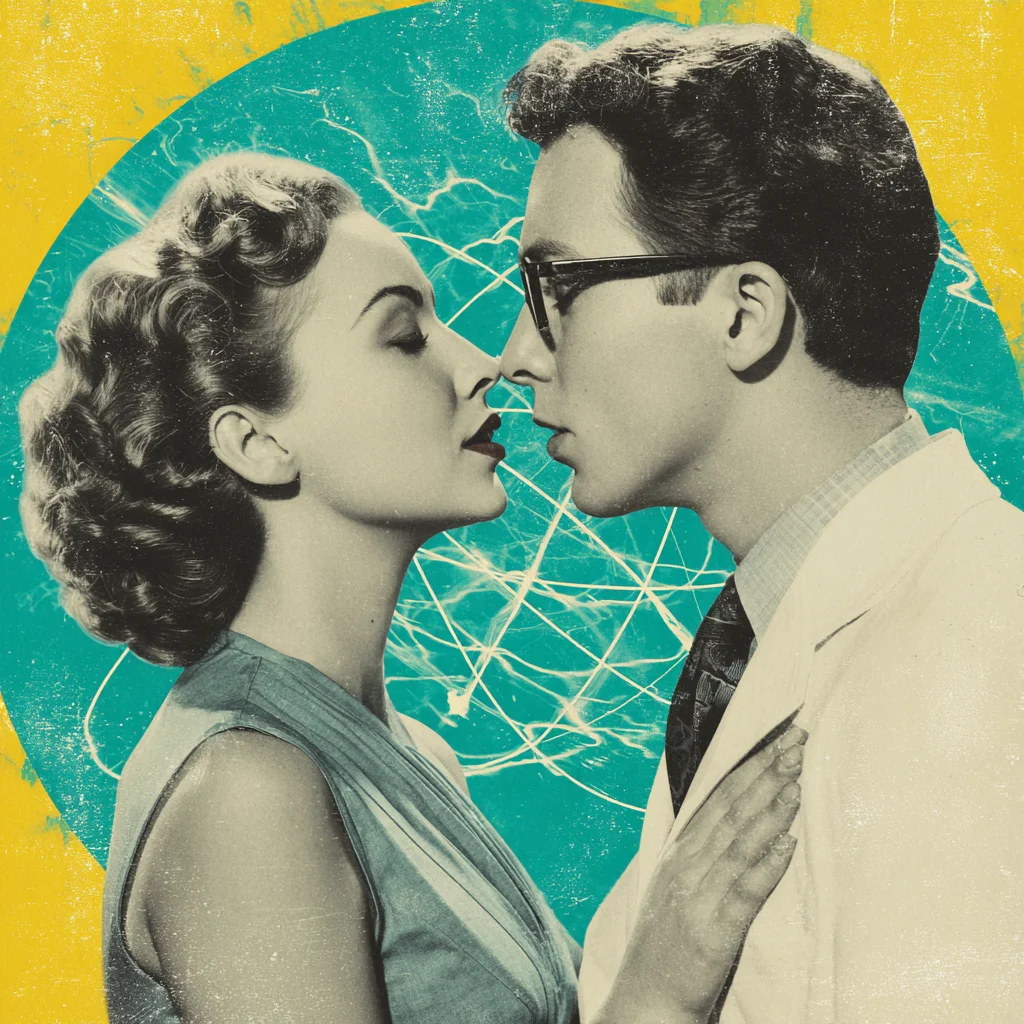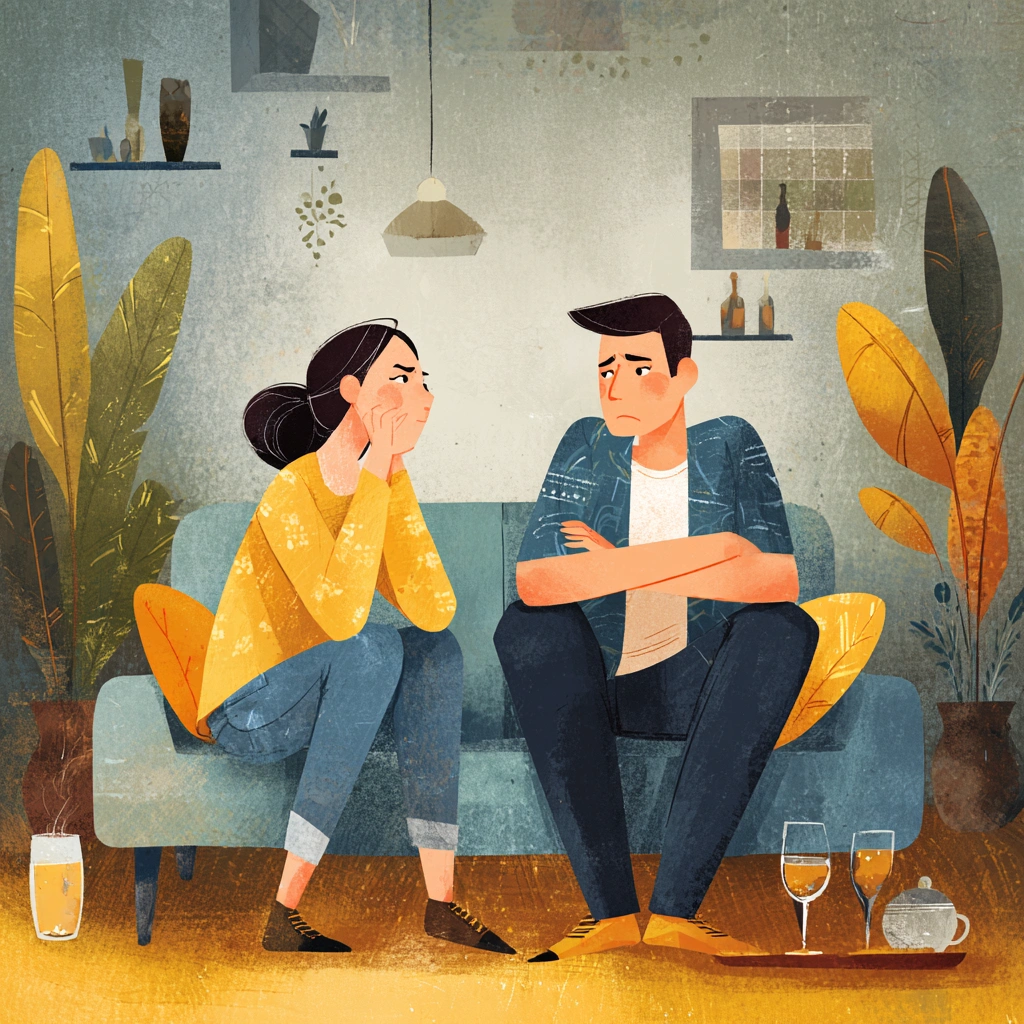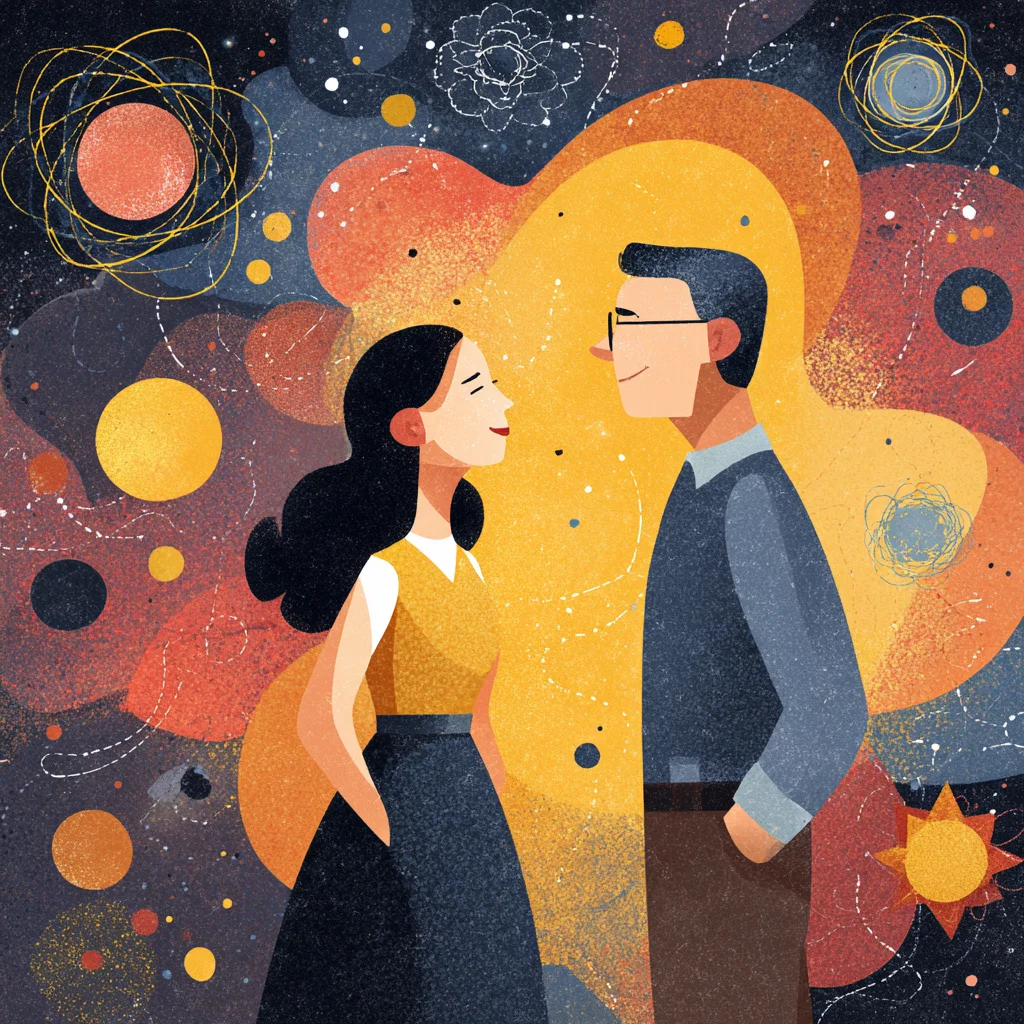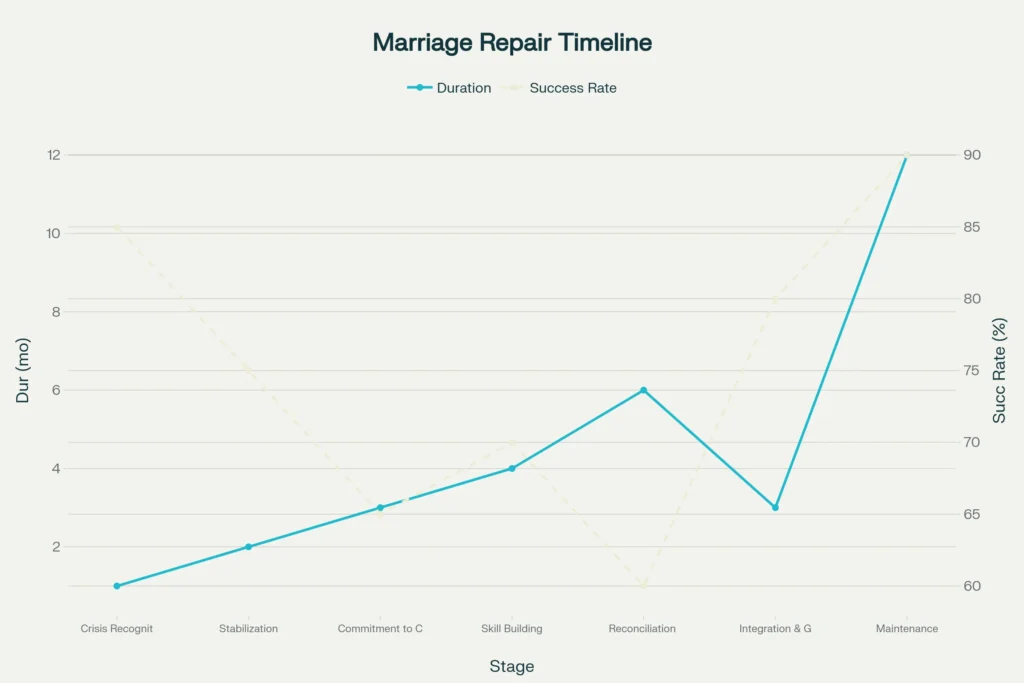A World of Difference
Exploring the dynamics, challenges, and strengths of neurodivergent relationships.
What is a Neurodivergent Relationship?
Neurodiversity refers to the natural variations in human brains. A relationship becomes ‘neurodiverse’ when partners have different neurological makeups, leading to unique communication styles and ways of experiencing the world.
15-20%
Of the global population is estimated to be neurodivergent.
~30%
Of committed relationships include at least one neurodivergent partner.
3 Types
Of pairings: Neurotypical-Neurodivergent, Similar-Neurodivergent, and Mixed-Neurodivergent.
The Statistical Landscape for Autistic Adults
Marriage Rate: A Stark Contrast
A significant gap exists in marriage rates between autistic and neurotypical adults, highlighting differing social journeys.
Desire for Romance vs. Reality
While the vast majority of autistic adults desire a relationship, many face significant barriers.
Divorce Rates & Relationship Satisfaction
Neurodiverse couples face higher rates of divorce, though satisfaction levels show a more complex picture. Communication is a key factor.



